Table of Contents
Introduction to Smoking Boneless Chicken Breast
Smoking boneless chicken breast is a technique that transforms this lean cut into a tender, flavorful masterpiece. Unlike grilling or baking, smoking uses low heat and wood smoke to slowly cook the meat while infusing it with rich, complex flavors. The key challenge is preventing dryness while achieving perfect doneness - something many home cooks struggle with. This comprehensive guide will teach you exactly how to smoke boneless chicken breast with professional results every time.
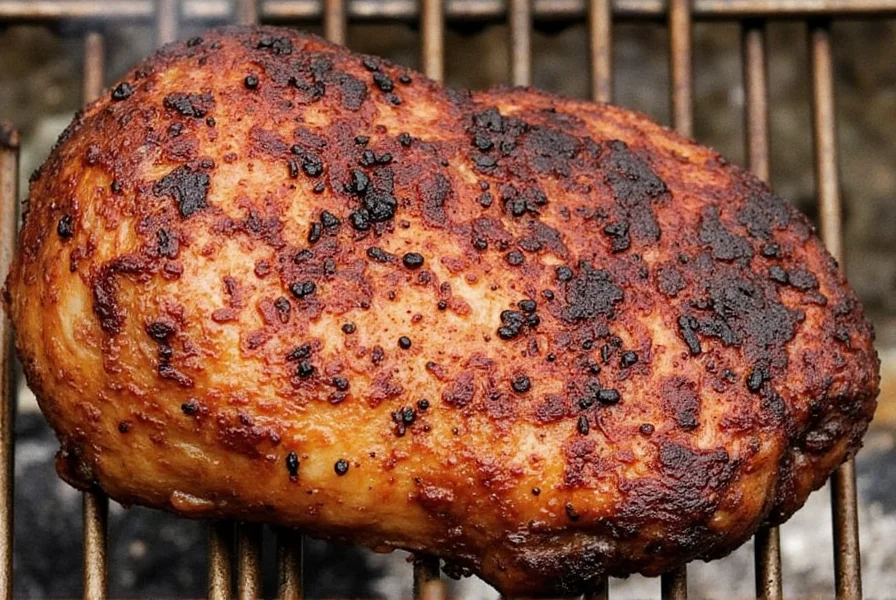
Whether you're using a pellet smoker, charcoal smoker, or electric smoker, the principles remain the same. By following these proven techniques, you'll avoid the common pitfalls that lead to dry, tasteless chicken and instead create restaurant-quality smoked chicken breast that will impress your family and friends.
Step-by-Step Smoking Techniques
Smoking boneless chicken breast successfully requires attention to detail at every step. Here's exactly how to do it right:
Preparation: Brining for Moisture
Boneless chicken breast is lean and prone to drying out during smoking. Brining is essential for moisture retention. Here's the exact brine recipe that works best:
- 4 cups cold water
- 1/4 cup kosher salt
- 2 tablespoons brown sugar
- 1 tablespoon garlic powder
- 1 tablespoon onion powder
- 1 teaspoon black pepper
Combine all ingredients in a large bowl, stirring until salt and sugar dissolve. Submerge chicken breasts completely and refrigerate for 1-4 hours (never longer than 4 hours). After brining, rinse thoroughly and pat dry with paper towels.
Temperature and Timing
Smoking temperature is critical for perfect results. The ideal range is 225°F-250°F (107°C-121°C). Here's why:
- Below 225°F: Risk of undercooking and extended cooking time that dries out meat
- Above 250°F: Skin becomes tough and meat cooks too quickly without proper smoke absorption
For average-sized chicken breasts (6-8 oz each), smoking time is typically 1.5-2 hours. However, always use a meat thermometer rather than relying on time alone. Remove chicken when internal temperature reaches 155°F (68°C) - carryover cooking will bring it to the safe 165°F (74°C) during resting.
Wood Selection and Smoke Management
Not all woods work equally well with chicken. Here's a detailed guide:
| Wood Type | Flavor Profile | Best For | Usage Tip |
|---|---|---|---|
| Apple | Sweet, mild, fruity | Perfect for beginners, poultry, pork | Use as primary wood; add 2-3 chunks every 45 minutes |
| Cherry | Sweet, mild, slightly tart | Great for poultry, adds beautiful color | Combine with apple for balanced flavor; use 1-2 chunks per hour |
| Hickory | Strong, bacon-like, robust | Use sparingly for chicken; better for pork or beef | Use only 1 chunk at a time; mix with milder woods |
| Pecan | Mild, nutty, sweet | Excellent for poultry, works well alone or mixed | Use 2-3 chunks at start, then 1-2 every hour |
The Resting Period
After removing chicken from the smoker, immediately transfer to a clean cutting board and tent loosely with foil. Let rest for 10-15 minutes. This allows juices to redistribute throughout the meat, resulting in significantly more moist and flavorful chicken. Skipping this step is one of the most common mistakes that leads to dry chicken.
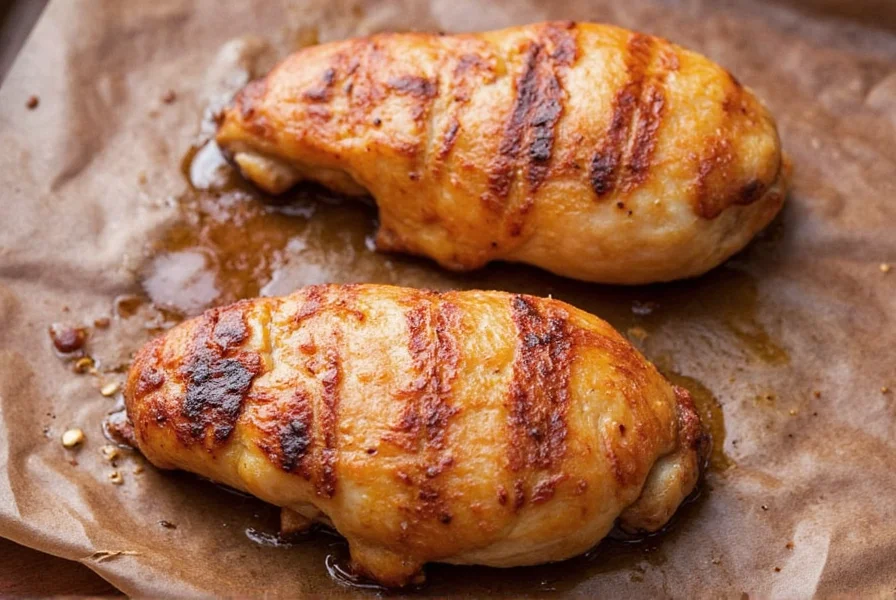
Spice Storage Tips for Maximum Flavor
While spices are important for smoked chicken, the key is not just using them but storing them properly to maintain potency. Here's exactly how to store spices for maximum flavor retention:
Why Proper Storage Matters
Spices lose 50% of their potency within 6 months when exposed to air, light, and heat. For smoked chicken, spices like smoked paprika, garlic powder, and cumin are critical for flavor development. Proper storage ensures your rubs and seasonings deliver maximum impact.
Professional Spice Storage Method
- Use opaque glass containers: Transfer spices from clear packaging to dark glass jars with tight-fitting lids. Light exposure degrades spice quality significantly faster than air exposure alone.
- Store in cool, dark place: Keep spices away from heat sources like stoves or ovens. Ideal storage temperature is below 70°F (21°C). A pantry or cabinet away from windows is perfect.
- Label with purchase date: Most whole spices last 3-4 years, ground spices 1-2 years. Write the purchase date on each container to track freshness.
- Keep in small quantities: Buy spices in quantities you'll use within 6 months. Large containers exposed to air repeatedly degrade faster.
- Avoid refrigeration: While freezing might seem logical, temperature fluctuations cause condensation inside containers, which degrades spices faster than room temperature storage.
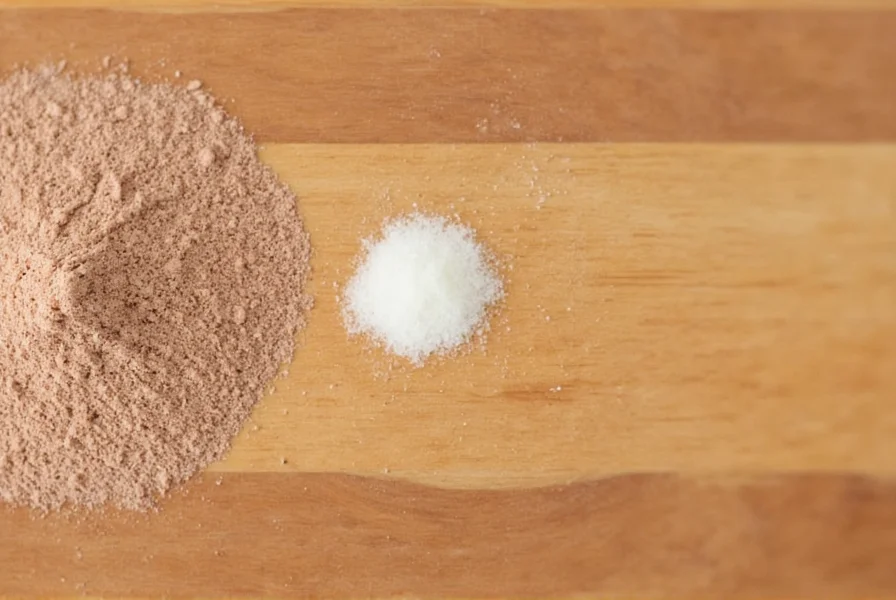
Frequently Asked Questions About Smoking Chicken Breast
What's the best internal temperature for smoked boneless chicken breast?
The USDA recommends 165°F (74°C) for safe consumption. However, for optimal juiciness, remove chicken from smoker at 155°F (68°C) and let it rest for 10-15 minutes. Carryover cooking will bring it to 165°F while retaining moisture. Never cook beyond 170°F as this will result in dry, tough meat.
How much wood should I use for smoking chicken breast?
For chicken, less is more. Use only 2-3 wood chunks at the start of smoking, then add 1 chunk every 45-60 minutes. Too much wood creates bitter, acrid smoke that overwhelms the delicate chicken flavor. You should see thin, blue smoke - not thick white smoke. If smoke is dense and white, reduce wood quantity immediately.
Can I smoke frozen chicken breast?
Never smoke frozen chicken breast. Smoking frozen meat leads to uneven cooking, with the exterior overcooking while the interior remains frozen. Always thaw chicken completely in the refrigerator (24 hours for boneless breasts) before smoking. For faster thawing, place sealed chicken in cold water for 1-2 hours, changing water every 30 minutes.
What's the difference between smoking and barbecuing chicken?
Smoking uses low heat (225-250°F) and smoke for extended cooking times (1.5-2 hours for chicken breast), while barbecuing typically uses higher heat (300-400°F) for shorter cooking times. Smoking creates tender, smoky meat with deep flavor penetration, while barbecuing creates charred exterior with less smoke flavor. For boneless chicken breast, smoking is superior for moisture retention and flavor development.
How do I prevent chicken breast from drying out during smoking?
Follow these four key steps: 1) Brine the chicken for 1-4 hours before smoking, 2) Maintain consistent smoker temperature between 225-250°F, 3) Remove chicken at 155°F internal temperature and let rest for 10-15 minutes, 4) Place a water pan in your smoker to maintain humidity. Additionally, avoid opening the smoker lid frequently - each opening causes temperature fluctuations that dry out the meat.
Should I use a rub or marinade for smoked chicken breast?
Both work well, but they serve different purposes. A brine (wet cure) is essential for moisture retention in lean cuts like chicken breast. A dry rub applied after brining adds surface flavor. For best results: 1) Brine for 1-4 hours, 2) Pat dry thoroughly, 3) Apply dry rub (1/4 cup brown sugar, 2 tbsp smoked paprika, 1 tbsp garlic powder, 1 tbsp onion powder, 1 tsp black pepper), 4) Let sit for 30 minutes before smoking to allow flavors to penetrate.
Buying Raw Chicken Breast for Smoking
When selecting chicken breast for smoking, quality matters more than for other cooking methods. Here's exactly what to look for:
Key Features to Look For
- Color and Texture: Look for pale pink meat with no grayish discoloration. The surface should be moist but not slimy. Avoid chicken with excessive liquid in the package.
- Source and Certification: Choose organic or free-range chicken if possible. These chickens are typically raised with better feed and living conditions, resulting in better flavor and texture. Look for certifications like USDA Organic, Certified Humane, or Animal Welfare Approved.
- Size and Consistency: For smoking, choose breasts that are uniform in size (6-8 oz each). This ensures even cooking. Avoid breasts that are extremely large or have irregular shapes.
- Freezing Method: If buying frozen, choose chicken that was flash-frozen immediately after processing. This preserves quality better than slow freezing. Avoid packages with ice crystals, which indicate thawing and refreezing.
Best Options for Different Needs
| Product | Features | Best For | Price Range |
|---|---|---|---|
| Organic Free-Range Chicken Breast | USDA Organic certified, no antibiotics or hormones, pasture-raised | Health-conscious consumers, premium flavor | $5.99-$7.99 per lb |
| Conventional Boneless Chicken Breast | Standard supermarket brand, often pre-packaged in water | Budget-friendly option, everyday meals | $2.99-$4.99 per lb |
| Pre-Brined Chicken Breast | Already marinated in saltwater solution for moisture retention | Convenience seekers, quick preparation | $3.99-$5.99 per lb |
Conclusion: Master the Art of Smoking Chicken
Smoking boneless chicken breast is a skill that combines precise temperature control, proper preparation, and quality ingredients. By following the techniques outlined in this guide - from proper brining and wood selection to temperature monitoring and resting - you'll consistently achieve moist, flavorful results that rival professional barbecue restaurants.
Remember that smoking is both science and art. The first few attempts might not be perfect, but with practice, you'll develop an intuitive understanding of how different variables affect the final product. Keep detailed notes on each smoking session to refine your technique over time.
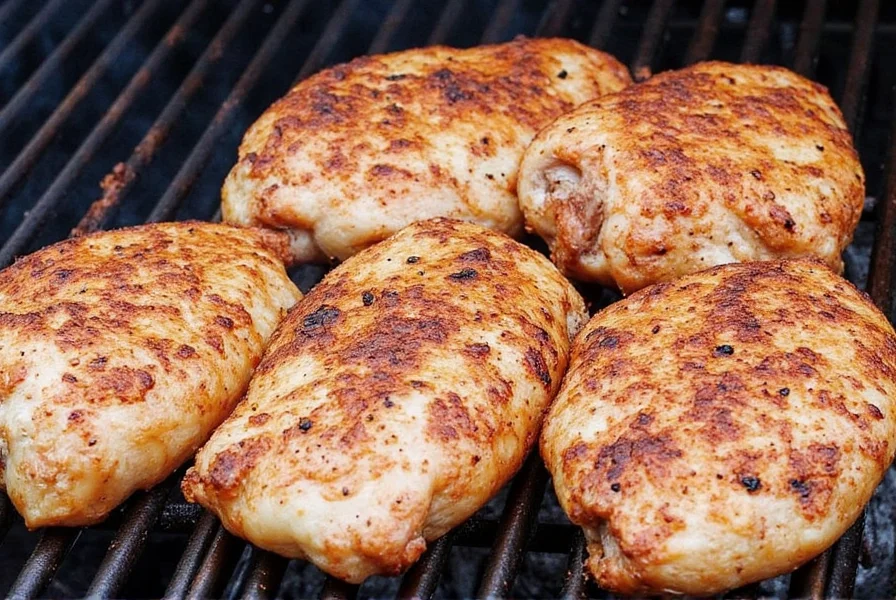
Now that you know exactly how to smoke boneless chicken breast, it's time to fire up your smoker. Whether you're cooking for family dinner or preparing for a backyard gathering, these techniques will transform your chicken from ordinary to extraordinary. Happy smoking!

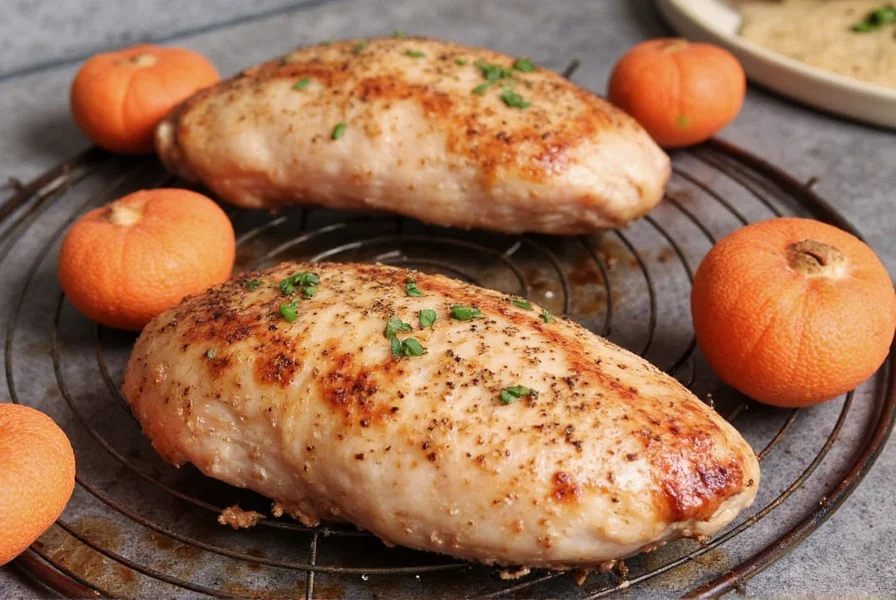









 浙公网安备
33010002000092号
浙公网安备
33010002000092号 浙B2-20120091-4
浙B2-20120091-4